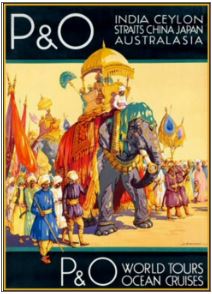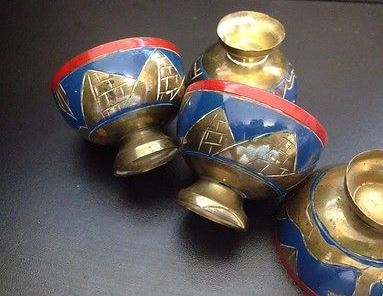SS Medina 1917
N50 12.454 W3 32.251




Many items have been recovered from the ship and have been sold at Sotherby’s
This P and O liner is one of the biggest shipwrecks in Lyme bay. She stands upright in 60m of water with a list to port. Some sections of the wreck stand 12m off the seabead . This 12,350 ton armed steamer was three miles east-north-east of Start Point after leaving Plymouth on April 28, 1917, on the last leg of her voyage to London from India, when she was torpedoed by UB-31 captained by Oberleutnant T. Bieber . By the end of the war UB31 was responsible for sinking 35 ships (88,108 tons) as well as damaging 7 ships (28,129 tons).
The torpedo struck the Medina in the starboard engine room killing Mr Palmer, the Fourth Engineer, and five native firemen. The engines stopped immediately and the liner started sinking. Captain Henry Sandys Bradshaw sent out distress calls while loading the 411 passengers and crew into the boats. At 7.15pm the Medina sank. Her boats were towed by destroyers and launches to Dartmouth, while other warships laid a pattern of depth-charges over the spot where the U-boat was believed to be. They were close, but not close enough and Bieber lived to sink many more Allied ships before being killed in UB-104 in 1918, by the mines of the Northern Barrage.
The Medina was 550ft long with a beam of 63ft and a draught of 35ft. She was built, starting in 1910, by J. Caird and Company of Greenock for the Peninsular and Oriental Steam Navigation Company, who expected to take delivery in 1912. However, on completion she was chartered as a Royal Yacht to take King George V and Queen Mary to the Coronation Durbar at Delhi, India. She was handed back to the P and O in June, 1912, and was used on regular runs to Australia. During the war she was armed, but relied more on her speed – 1164hp engines gave her 19 knots – to protect her on the long voyages she continued to make until she was torpedoed.
The wreck of the Medina is still reasonably intact despite a good deal of salvage work over recent years for her cargo of copper ingots.It is 39m to her deck. The stern has suffered the most damage, and it is at the stern that she appears to be sinking into the seabed. She lies north to south and her hull metal is getting very thin. Many of her bulkheads have collapsed, letting compartments fold down like stacks of cards. In l988, there was a highly publicised treasure hunt by a professional diving team for the baggage of Lord Carmichael of Skirling, who was believed to be bringing home his priceless collection of antiques in the ship. His baggage was recovered from forward holds together with ivory figures and brass Indian work by bell divers tunnelling through the mud which filled theholds.Some 6000 items were raised by the divers and 2000 were auctioned at Sotheby’s.
Nationality: british
Type: Passenger ship P&O class
Propulsion: steam
builder: J. Caird & Co., Greenock
Built: 1911
yard no.: 317
IMO/Off. no.: 131849
Owner: Peninsular & Oriental Steam Navigation Co. – P&O – P & O, London
Tonnage: 12358 grt
Dimensions: 168 x 19 x 10.7 m
Engines: 2 x quadruple expansion engines, dual shaft, 2 screws
power: 1164 h.p.
speed: 19 knots